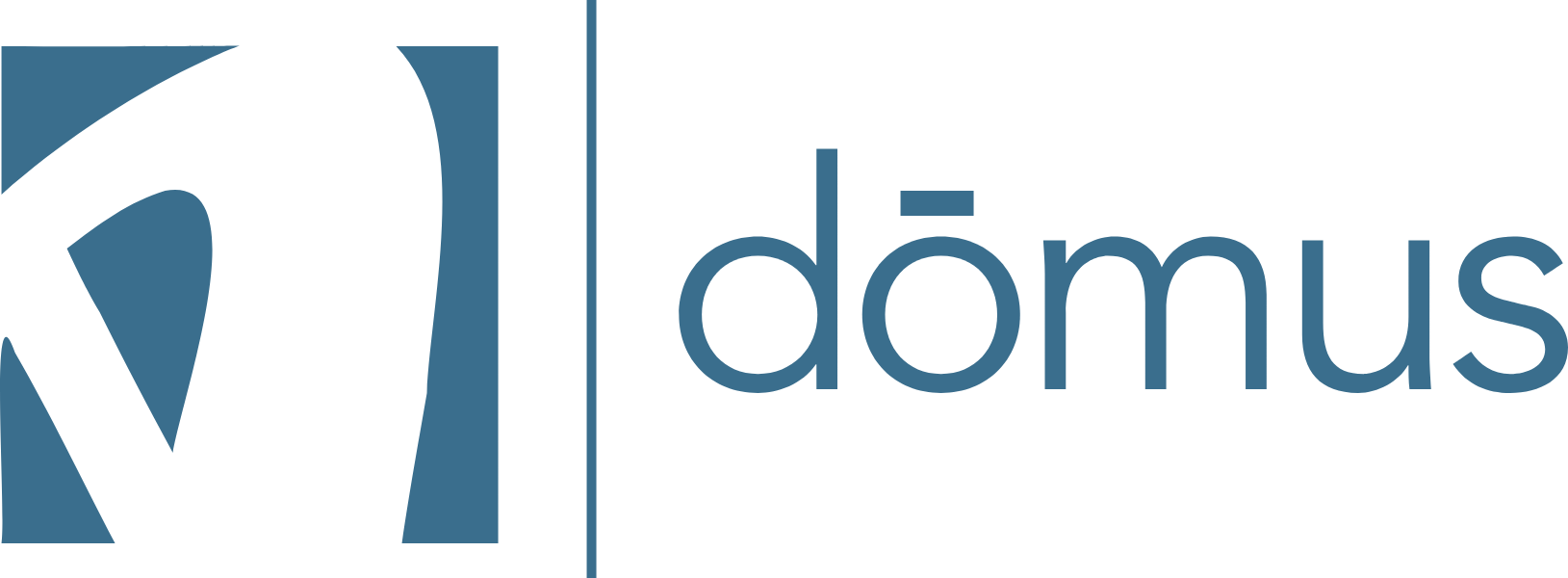
Leading the Pack: 4 Ways to Use B2B Influencers and Thought Leaders in Your Next Marketing Campaign
November 21, 2022
Now is the Time to Invest in Your Employees
April 26, 2023The reports are in. Employee engagement is down and the number of employees actively disengaged is up – and rising. According to Gallup (U.S. Employee Engagement Slump Continues, Gallup, April 25, 2022), the ratio of engaged to actively disengaged employees is now 1.8 to 1, the lowest in almost a decade. Complicating the dynamics, while employers think employees are fully engaged, satisfied and motivated, 81% of employees are reportedly faking being happy at work (81% of Unhappy Employees Fake Happiness At Work – Here’s How to Find Fulfillment, Forbes, March 4, 2020).
The pandemic has drastically impacted what employees expect of their work experience and their lives. What organizations must deliver to retain employees and help them develop professionally has to be reinvented. Traditional incentives like raises and bonuses are just table stakes now. Organizations must evolve their paradigm by focusing on an employee experience that puts equal emphasis on well-being, engagement and growth: the whole person. These three factors are essential, because their balance drives a positive or negative employee experience, resulting in a truly happy– or unhappy workforce.
It is crucial to focus on employee well-being first. Employees are less likely to engage if they are not well both physically and mentally. Here are recommendations for immediate action that employers can approach each employee as a whole person:
- Offer mental health resources combined with wellness programs to help promote and sustain a happy and engaged workforce. Many employer health plans include these services; make them approachable for employees by consistently communicating that they are available and how to access them. Take away the barriers and the stigma.
- Develop an effective employee wellness program that includes activities like:
- Exercise and physical training opportunities: for example, virtual yoga classes (at all levels) are a great, easy-to-implement perk that screams holistic
- Nutrition coaching and advice: an in-person company event with a nutritionist as a key speaker, followed by a few company-sponsored sessions will whet employees’ appetite for healthy eating
- Mental health support
- Stress management education
- Office environment enhancement
- Theme a well-being program can make the experience fun, memorable and motivating. Name a Well-Being Captain to inspire fellow workers. Within the program, recognize employees for their well-being achievements. Recognition reinforces what is valued within your organization’s culture. There’s nothing like an extra few hours of paid time off (PTO) given as a prize to work out more.
- Solicit employee ideas and incorporate them into workplace well-being initiatives. Asking employees to contribute well-being ideas is a great way to galvanize them and make them feel they are a part of the well-being movement.
- Include well-being goal setting and milestones in employee reviews and progress meetings. Research has shown that engaged employees are much more comfortable than other employees in discussing their well-being goals with their manager (Well-Being Enhances Benefits of Employee Engagement, Gallup, October 27, 2015 ).
- Consider outside-the-box ideas in PTO/benefits policies such as:
- An extra day off to visit the doctor
- Insurance for beloved pets
- Gym/wellness center memberships
- Access to a life coach
- A paid holiday (that doesn’t count against vacation time) for an employee to celebrate his or her birthday
- Time off to attend children’s events
Most importantly, strive to make your corporate culture one wherein you listen to each employee’s complete set of needs. At Domus we are experts in helping companies such as Epson, Lutron, Merck and Ralph Lauren. Reach out and let us assess your corporate culture to see how to increase productivity and retention.




